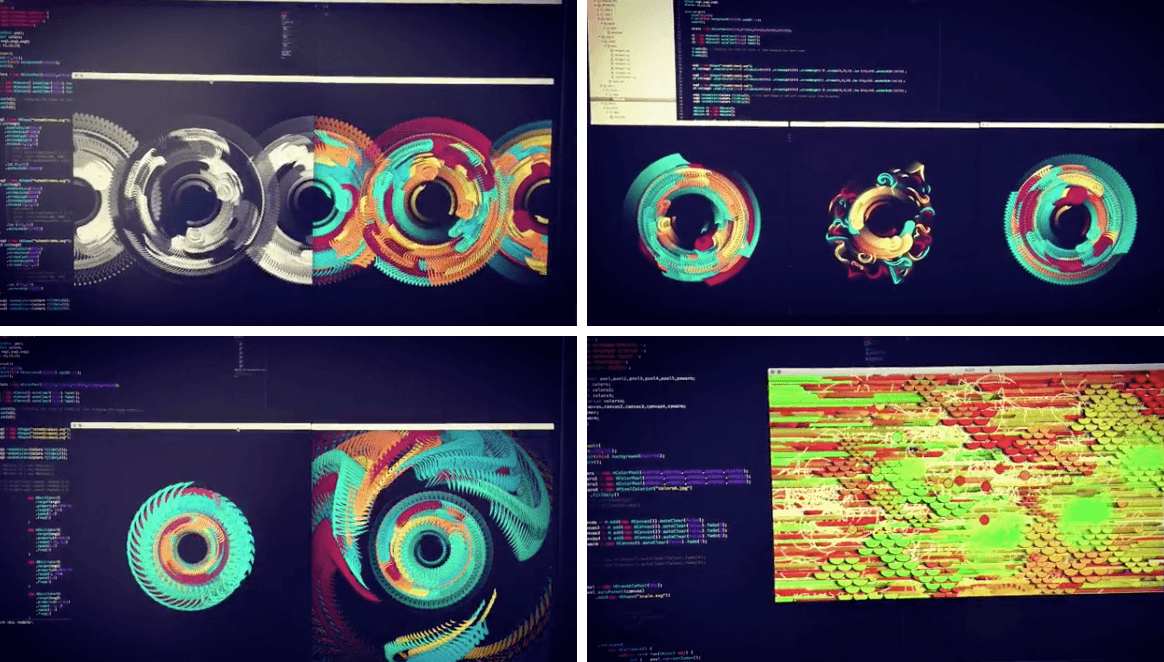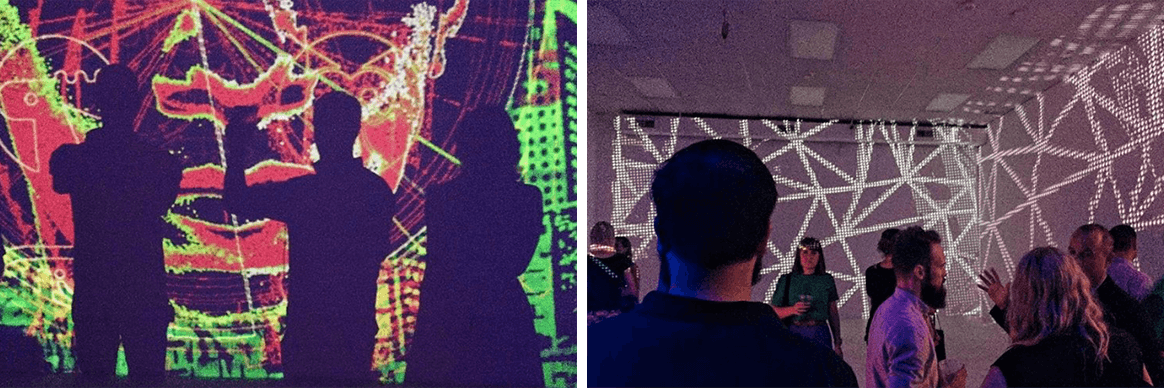What your consumer remembers, and talks about, is defined by the experience they’ve had with your brand. Knowing this, the industry is always angling for something new to catch the eye of the potential fan, and if all goes well, leaving a lasting impression with them. However, With the level of mass media and technology at our fingertips coupled with the explosive growth of information today, our consumers are experiencing sensory overload. Sadly, this overload leads to a couple reactions that are not beneficial to your brand or product; “If I just keep my head down and eyes averted he won’t talk to me” -OR- “Oh, you were talking to me? It was so noisy I hadn’t even noticed”. Knowing this phenomenon is not going away anytime soon, how do you and I overcome it?
There is no single answer other than always be cognizant of what your message is and how it’s delivered. Sometimes it needs to be loud, sometimes a whisper and other times simply left in the hands of the consumer. Doing this will help to bring new approaches to light. One new approach we’ve been digging into at ST8MNT is the use of generative design and creative coding. But before I explain the ‘how’, let me share with you a brief ‘what’.
Generative art refers to any art practice where the artist creates a process, such as a set of natural language rules, a computer program, a machine, or other procedural invention, which is then set into motion with some degree of autonomy contributing to or resulting in a completed work of art.”
To be clear, generative art is not new. It’s been around since the ‘60s. In fact you’ve probably seen generative art installation and didn’t know you were looking at one. However, not being new is no reason to shy away from something. In fact, it’s age creates a maturity that is needed before one can actually make the greatest use of it. Take virtual reality as an example. It’s all the rage right now, but by no means new. It simply took years of maturing, following its first go, to finally find its place.
Armed with that information imagine entering a hotel lobby and seeing a beautiful large piece of art being projected on a wall. You notice, as people pass by, the colors and shapes shift places. You take a closer look. The artwork is made up of tiny historical images of the hotel that create their own piece of artwork from further away. Only a foot from the artwork you notice its aesthetic responding to your motion. You wave your hands and the colors pulsate. You brush your hands across the projected artwork and it breaks a part like a snowflake flurry only to come back together creating a new piece of artwork. You tap one of the small historic images and all the images break apart again, reforming to create a large version of the image you interacted with.
That is generative design. Using creative coding, defining a set of rules and providing input devices, you’ve created something people want to view, touch and interact with.
It doesn’t end there. The sky is the limit when it comes to uses and execution of ideas. Imagine tying in responses and locations of the users attending your festival, using the Snapchat API, and creating interactive maps showing where the most people are having fun. Or perhaps a concert backdrop where colors and geographically relevant images are projected based on the cities your fans live in. That makes for two backdrops never looking the same, but rather defined by the part of the world you’re performing in. Everyone’s social images from the concert would be different sparking those in one part of the world to want to see images from fans in other parts of the globe.
On September 15th, this year, ST8MNT hosted an after party for the Brand New Conference here in Nashville. For the party we wanted to create an installation of sorts allowing us to showcase Generative Art, something that we’re very fond of and spend time honing. We had a call for attendees to submit their favorite branding work either self-made or sourced. These images were then remixed through the use of creative coding, randomly-generated image processing and audio input devices. The party attendees could then interact with and change the set of rules using a mixing board, generating instant change in the remix. A local DJ added to the generative nature as his music changes and input triggered additional reactions within the installation. This event resulted in a small glimpse into the possibilities brands could achieve by adding the generative process to their experience strategy.


Let’s not stop there. Below are a few of my favorite generative art usages from around the world.
Porsche BlackBox – online visualization of driving experience
Unnamed soundsculpture – embodiment of sound
Nice To Meet You – A Social Art Installation
Nike – Force of Nature
There is so much that can be accomplished, through embracing this usage of technology and the arts, that is fresh and gives the consumer something they can interact with or, at the very least, play a part in creating. Speaking and shouting at the user is what this industry has done and continues to do today. Whether you call them your user, a consumer or a fan, it’s all the same. They are becoming numb to what brands have to say, feeling like just another analytics number and in the end disengaging. Let’s stay aware of this and continue to find new, more meaningful ways to be a part of their lives.
Generative design can be a strong key player in your brand strategy. In short, it cuts through the noise and allows YOU to define the experience every fan and advocate should walk away with in a much more vivid and powerful way.

